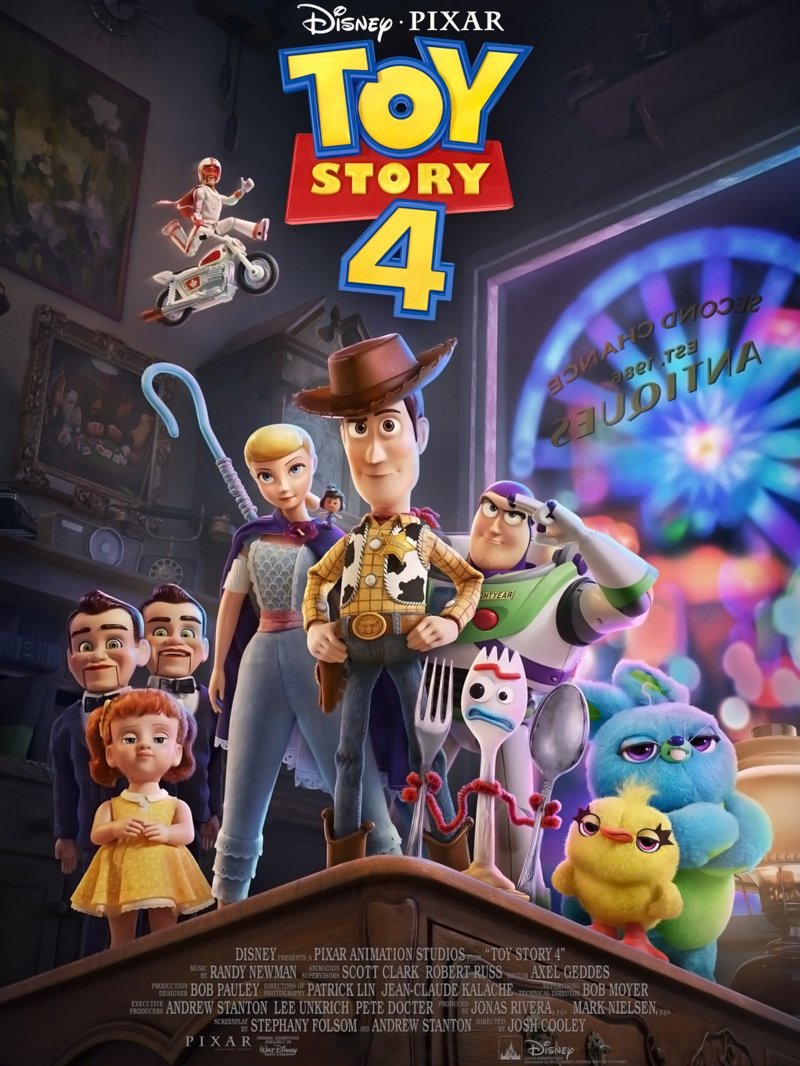Twenty-four years after the first “Toy Story” was released in 1995, Pixar finally completed its four-part series. Suffice to say, if it took more years to make the “Toy Story” series than I’ve been alive, it had better be good.
I remember watching “Toy Story” with my brother when we were kids. His favorite character was Buzz Lightyear. Mine, on the other hand, was Bo Peep, for no particular reason other than that I liked her pink dress.
But it is important to note that Bo Peep remained a largely marginalized character in the first three movies. Standing there in her long, bulky dress with her blonde hair and pretty face, she wasn’t supposed to do much other than come on screen to flirt with Woody and thank him for saving her every once in a while.
However, “Toy Story 4” provides a new version of Bo Peep that one could argue is a much better role model for young girls watching the movies today. In fact, her character is almost completely changed. Woody first encounters Bo Peep in a kids’ park in the midst of his efforts to rescue a new toy (“Forky”) from an antique shop before his kid realizes Forky is missing. He quickly learns that Bo Peep isn’t the property of a child anymore; instead, she’s living out in the wilderness with her sheep and a few other toys, not owned by anyone. While he sees this as a negative thing, she assures him that it is positive. Over the course of the movie, she demonstrates to Woody that there is more of a purpose in life than being owned by a kid. She is also a hero in the story, as the rescue of Forky would not have been possible without her and her team.
All promotional material for the film featuring Bo Peep shows her in a power stance, cane held as if it could be used as a weapon. She’s staring off into the distance with a determined look on her face as if planning all of the great things that she is going to do in the future. This image is a large contrast to promotional material from the first movie, which largely shows her leaning on her cane and looking forlornly into the camera.
One of the largest differences that we notice about Bo Peep is in her clothes. While in the first movie she sported a long and fluffy pink dress covered in polka dots, in the final she wears a blue pantsuit and uses what first appears to be her skirt as a cape instead. That is not to say that all traditionally feminine aspects have been stripped from her clothing: her outfit is still form-fitting and feminine, and she is wearing a pink belt around her waist and a pink bow in her hair. But the pantsuit is more practical for the new life that she has built, fending for herself out in the wilderness. It’s a huge contrast to living in a bedroom, waiting for others to take care of her.
In this way, “Toy Story 4” was a pleasant surprise to me. It provided me with something that I hadn’t even realized was missing from the first movie when I was little: a spunky, powerful female character with the ability to fend for herself out in the great wide world. Instead of standing idly by, this new Bo Peep takes in the situation and proactively looks for a solution, whether or not Woody is willing to help her. And yes, one could argue that cowgirl Jessie plays this role in movies two and three. However, I think that it is still important to note that Pixar decided to make an effort to rewrite a character that was previously inspired by sexist viewpoints and change her into a positive role model for little kids today. Perhaps if this had been the Bo Peep that I had been lucky enough to experience, I would have liked her for a reason other than her pink dress.
Contact Maddie Bernheim at maddiebernheim ‘at’ stanford.edu.
